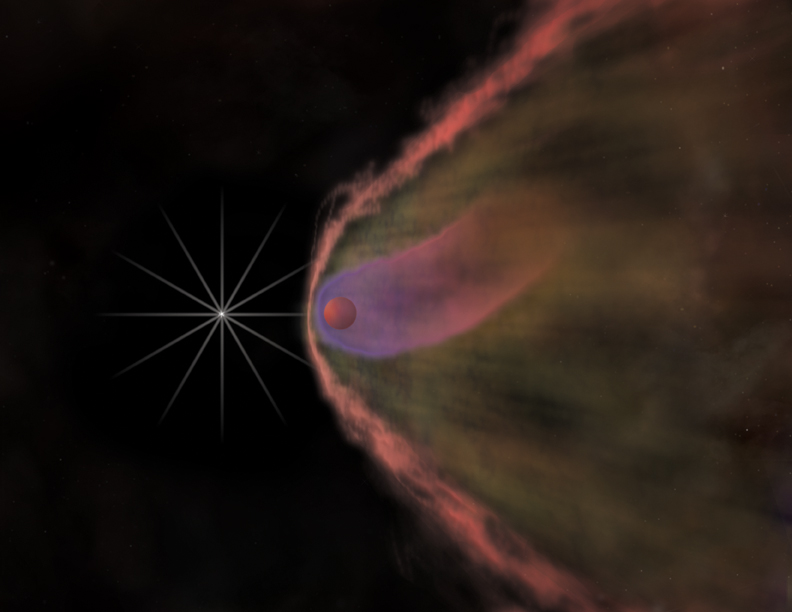Too heavy to be a neutron star, too light to be a black hole
Sometimes (always?), new research instruments like the Ligo-Virgo gravitational wave detector collaboration not only provide long expected answers to old questions, but also create completely new questions too. Take, for example, GW190412, which is the designation given to the latest conundrum, for which physicists can thank Ligo-Virgo. It refers to a gravitational wave burst that reached Earth on 14 August 2019. From the measured data, the researchers determined that a relatively lightweight object and a significantly more massive object must have merged together to form a black hole with a mass of now 25 solar masses. There’s no question about…

